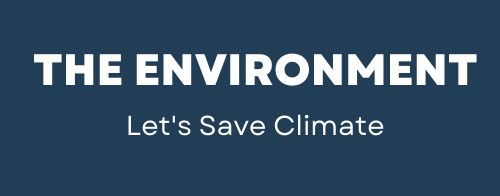New Delhi: World Health Organization (WHO) Chief Tedros Adhanom Ghebreyesus has raised concerns over the deteriorating air quality and said the agency recently issued new air pollution guidelines based on mounting evidence of the harm to health.
The Director-General of WHO, Tedros, was speaking during the 75th World Health Assembly, which is being held in Geneva, Switzerland.
The conference began on May 22 and will continue till May 28th, 2022, with a theme of “Health Assembly is: health for peace, peace for health”.
It is the first in-person health assembly since the start of the COVID-19 pandemic.
“We issued new air pollution guidelines, setting new limits for air quality based on mounting evidence of the harms to health of air pollution at even lower concentrations than previously thought” he said.
The Chief also said, WHO also supported countries to create the environment and living conditions in which health can flourish.
“At COP26 last year, more than 50 countries agreed to take concrete steps to develop climate-resilient, low-carbon health systems” Tedros added.
In September last year, the who issued a revised guidelines claimed that it will aim to save millions of lives from air pollution.
WHO’s new guidelines recommend air quality levels for 6 pollutants, where evidence has advanced the most on health effects from exposure. When action is taken on these so-called classical pollutants – particulate matter (PM), ozone (O₃), nitrogen dioxide (NO₂) sulfur dioxide (SO₂) and carbon monoxide (CO), it also has an impact on other damaging pollutants.
In 2013, outdoor air pollution and particulate matter were classified as carcinogenic by WHO’s International Agency for Research on Cancer (IARC).
According to WHO, very year, around 7 million premature deaths were reported due to the exposure to air pollution and also result in the loss of millions more healthy years of life.

“Air pollution is a threat to health in all countries, but it hits people in low- and middle-income countries the hardest,” he said Tedros after, the guidlines was released in september 2021.
In 2019, more than 90 percent of the global population lived in areas where concentrations exceeded the 2005 WHO air quality guideline for long term exposure to PM₂.₅, as per WHO.






